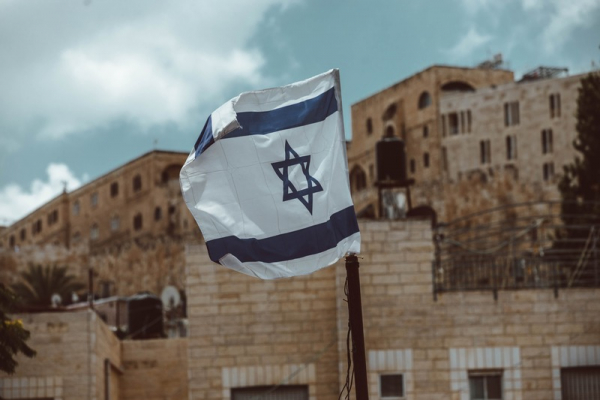
The Archaeologists in the City of David have been working for nearly ten years to uncover and revitalize the Pilgrimage Road, a path that is over 2,000 years old. They are attempting to recreate the ancient journey for modern visitors.
The path is located in the City of David National Park. The road, which is hidden beneath the Arab neighborhood of Silwan, consists of stone steps that lead from the Pool of Siloam in the Silwan Valley to the Temple Mount, Judaism's holiest site. Though the road is Roman in origin, it does not lead to Rome. Instead, it was used by ancient pilgrims to make a religious journey. Archaeologists are attempting to recreate this old journey for modern visitors.
Tracing the footsteps of history: How the Pilgrimage Road is being preserved for future generations
The Pilgrimage Road, also known as the Stepped Street, is an ancient path that was once used by thousands or even millions of Jewish pilgrims to reach the Temple. According to The Jerusalem Post, it has yet to be opened to the public but is expected to open in two years. However, archaeologists recently gave The Media Line a tour of the site.
According to Ari Levy, director of excavations at the Israel Antiquities Authority (IAA) site, the Pilgrimage Road is approximately 600 meters long, or almost 2,000 feet. He stated that there are still about 100 meters left to excavate before the entire road can be opened to tourists.
The Pilgrimage Road was discovered in 2004 after a sewage pipe burst in the east Jerusalem neighborhood of Silwan. Since 2013, archaeologists have been conducting excavations beneath Arab houses in the area, causing some residents to claim that the work is putting their homes in danger. However, the Israeli Supreme Court has dismissed these claims and stated that the excavations are being carried out under the supervision of engineers.
Archaeologists use a system of pulleys to bring dirt up from underground for sifting. They found several unique artifacts during the excavation process, including silver coins used as donations to the Temple, cookware, and jewelry.
Also Read: Pilgrims Flock to Holy Land as Covid Restrictions Ease
Built by the Romans
In a report by SRN News, According to Ari Levy, Jerusalem during the Roman Period was a thriving, multicultural place with Jews and Romans. During this time, the city was expanded and developed, with many construction projects being undertaken, including the recreation of the Second Temple in Jerusalem by Herod the Great.
After his death, Roman prefects continued to build up the city. The governor of Judea, Pontius Pilate, is credited with building the Pilgrimage Road in the early first century CE. This road connected the southern parts of the city, including Mount Zion and the City of David, to the central city, the Temple, and other parts of ancient Jerusalem.
The Pilgrimage Road was the main artery of ancient Jerusalem and was once home to a bustling street market. According to Dr. Yiftah Shalev, co-director of excavations for the Israel Antiquities Authority, it was the "beating heart" of the city where "everything happened," similar to the Fifth Avenue or Champs-élysées in modern times.
In addition to the Pilgrimage Road, archaeologists are also excavating the Pool of Siloam, which was built around 2,700 years ago during the reign of King Hezekiah and was used by Jewish pilgrims as a place to take a ritual bath before ascending to the Temple. It is also where Jesus is believed to have healed a blind man.
The IAA, National Parks Authority, and the City of David Foundation have announced that excavations of the pool have officially begun and will be opened to the public for the first time in 2,000 years once the work is completed. According to estimates from the IAA, approximately 100 archaeologists and workers are involved in the ongoing excavations of the Pilgrimage Road, the Pool of Siloam, and the Givati Parking Lot. The Givati Parking Lot is an area where the layers and levels of thousands of years of settlement in Jerusalem can be viewed in one place.
Related Article: Blind Man's Healing Site at Holy Jerusalem Open to Public for the First Time












